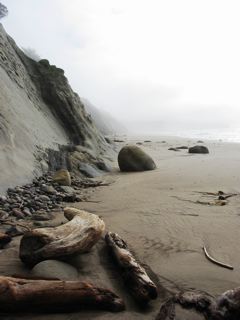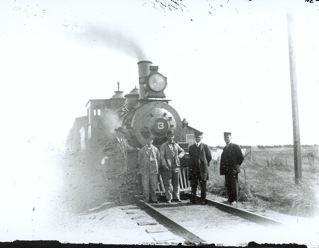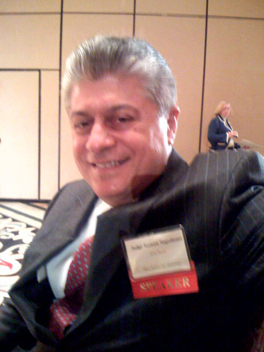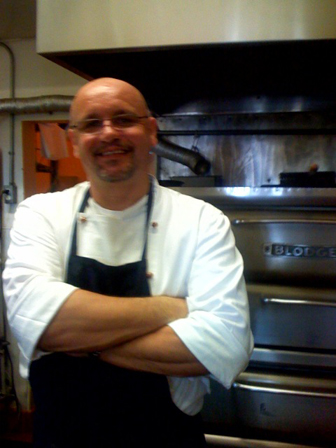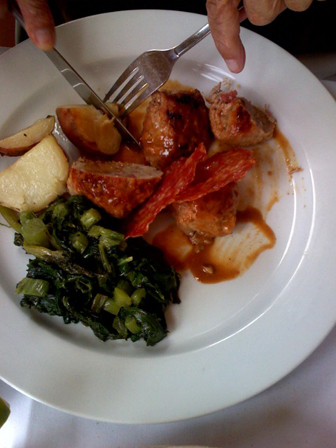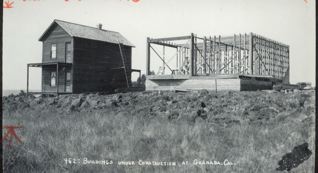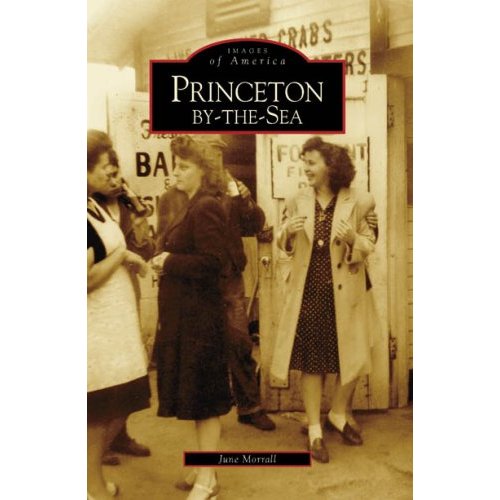This morning, early, I drove to Moss Beach, to the west side near the Fitzgerald Marine Reserve. I wanted to see if Charlie Nye’s “Reefs II” was still there, at Nevada & Beach Streets; I heard that the historic building was gone.
Even though you’d think it would be easy to keep in touch with the communities of Montara, Moss Beach, Princeton, El Granada and Miramar, it isn’t–you can go decades without seeing someone who used to be your best friend or your former next door neighbor.
You can also go for years without knowing if your favorite old building is still standing.
I think Coastsiders get lost in their neighborhoods. I do, in mine, in El Granada, living on an avenue created by the designer of the Ocean Shore Railroad’s “showplace.” I can stay here for days without seeing anybody and feeling very happy about it!
People who do not live on the Coastside have no idea how good life is here.
Just recently a lady who works for Bank of the West in Burlingame told me how amazed she was to find that there were such beautiful, intimate communities off Hwy 1.
Here’s the point of this post: I drove up to Moss Beach to see if Nye’s Reefs was still there and I ended up at Nevada & I forget what the cross-street was. I didn’t see Nyes where it used to be.
This is embarrassing: Maybe I didn’t end up on the right street–now I’m not sure. Guess I’ll have to go back up there and check it out again. But the Moss Beach I saw this morning was very different from the one I remember just a few years ago when there were still many 1920s-style bungalows around.
Today I saw much larger, affluent landscaped homes reminding me of how long it had been since I visited the west side of Moss Beach.


